Articles and Features
Art Colonies – Where Artists and Movements Were Shaped
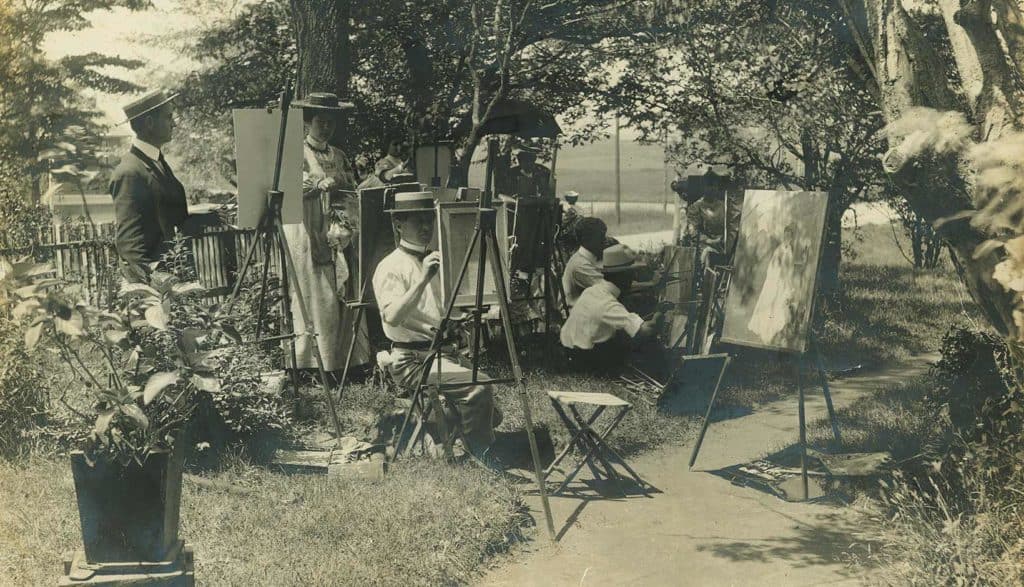
By Shira Wolfe
“Russia, Sweden, England, Austria, Germany, France, Australia, and the United States were represented at our table, all as one large family, and striving towards the same goal… Criticism would be freely given and received; all were at liberty to say just what they pleased, and without any ill feeling.” – Anne Goater, 1885, essay about life in Pont-Aven
Art colonies emerged in the 19th century as artists relocated to the countryside, leaving behind their city lifestyles as a response to urbanization and industrialization. Artists were driven to move to these rural communities by a wish to preserve the simple life, by a need for peace and quiet and new inspiration, found in the beauty of the natural surroundings. Artists would frequently flock together in certain areas, following each other and spending periods working in close proximity to one another. The majority of the first art colonies were located in France, the Netherlands, and Germany, and the art colony soon spread to the United States as well. Art colonies still exist today, some as legacies of famous colonies started decades ago, such as Byrdcliffe in Woodstock, NY. Here, we feature several of the most influential art colonies throughout history.

Barbizon, France
Barbizon, a village in the Fontainebleau forest about 62 kilometres south of Paris, was one of the first rural European art colonies. The first artists flocked to Barbizon in the 1820s. In the middle of the 19th century, a group of French artists, mostly open-air painters, lived and worked there, calling themselves the Barbizon School of Painters. They painted landscape scenes and peasant agriculture, giving special attention to naturalistic light. Among these artists were Theodore Rousseau, Jean-François Millet, and Charles Jacque. In the 1870s, the eccentric English artist R.A.M. Stevenson came to Barbizon, also inviting his younger cousin Robert Louis Stevenson to join. It was here, away from his repressive parents, that Robert developed his writing style. The Stevensons and their friends became known in Barbizon as the “Anglo-Saxons”, characterised by their romantic style and intense study of colour and light. All in all, the Barbizon painters helped create a transition between classical landscape painting of the late 18th century and Impressionism of the early 19th century.
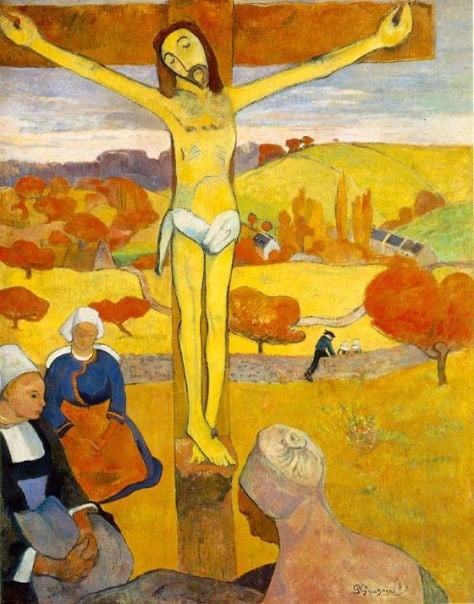

Pont-Aven, France
The tidal river-port Pont-Aven, located in the west of France, boasted a landscape scattered with Celtic druid ruins from the Gaelic Period (c. 500-1100 AD). The coast of Brittany and the village of Pont-Aven shared a rich cultural heritage and supernatural folkore, which attracted artists from all over Europe and the United States to the area. Pont-Aven started to develop as an art colony in the 1860s, and by the 1880s, over 100 artists lived there. Paul Gaugain arrived in Pont-Aven from Paris in 1886. Gauguin, whose artwork had a major impact on the development of modern art, became one of Pont-Aven’s most famous residents. One of the paintings he created at Pont-Aven is The Yellow Christ (1889). This painting is considered to be a key Symbolist work, and was inspired by the religious landmarks found by the Aven river. A group of young artists studying at the Académie Julian in Paris also followed Gauguin to Pont-Aven. In 1888, under the guidance of Gauguin, one of them, the artist Paul Sérusier, made a small painting of the port on wood, which was named The Talisman and became the starting point and icon of the art group known as the “Nabis”. The group played a major part in the transition from Impressionism to Symbolism and other Modernist movements.

Skagen, Denmark
In the 1870s, Scandinavian artists flocked to the picturesque fishing village Skagen in Denmark, located on the northern tip of the Danish peninsula where the North Sea and the Baltic Sea meet. The artists of the Skagen colony were fascinated by the local fisherman and frequently used them as their subjects, alongside their depictions of seascapes, lighthouses, dunes and ships. Embracing the French open-air painting style, these Scandinavian artists captured their surroundings in Skagen in an attempt to preserve their own folk cultures. Due to Skagen’s remote nature, artists would often stay on the peninsula for extended periods of time and forge strong ties with the locals. Some of the most important artists who spent time in Skagen were Christian Krohg, Peder Severin Krøyer, Carl Larsson, and Michael and Anna Archer.
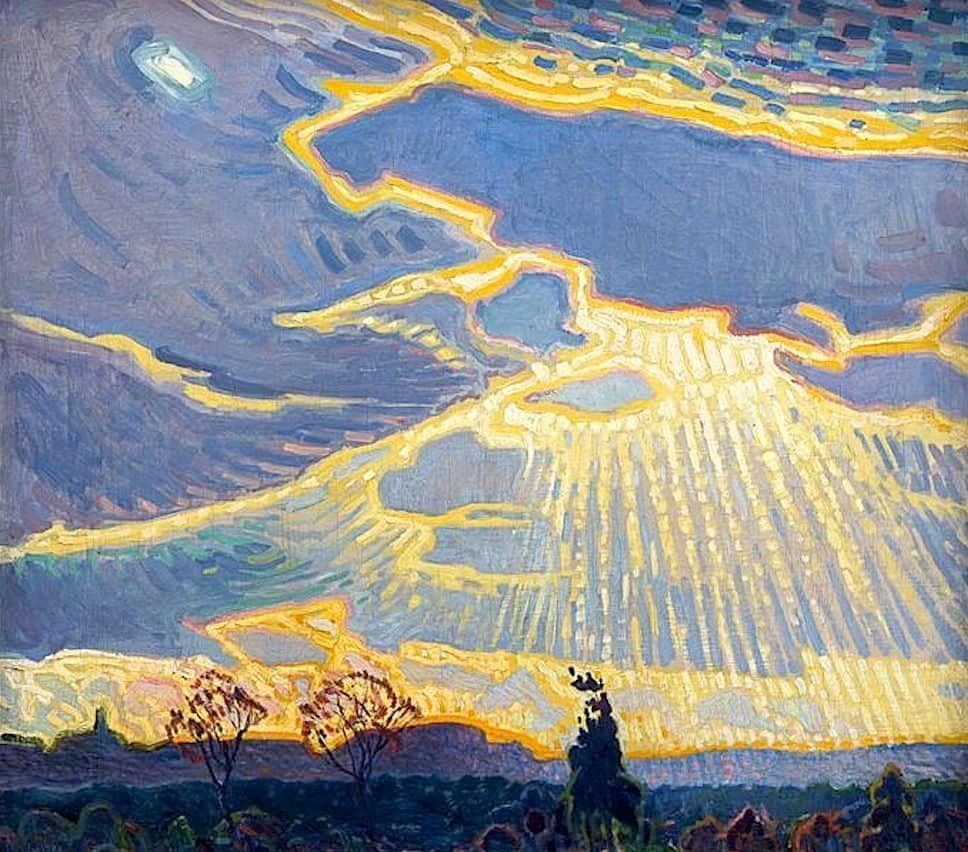
Bergen, the Netherlands
Between 1915 and 1925, artists came together in the Dutch town Bergen near the North Sea, and developed the Bergen School. Dutch artist Piet van Wijngaerdt and French artist Henri le Fauconnier started this art movement, and were joined by many young artists who were eager to move away from Impressionism. The artists flocking to Bergen were attracted by the sea, the nature, and the fresh air and beautiful light in the area. The art of the Bergen School is characterized by figuration with cubist and expressionist influences. Famous Bergen School avant-garde artists include Charley Toorop, Leo Gestel, John Rädecker and Jan Sluijters.

American Art Colonies
After 1900, fewer European art colonies emerged as modernization began penetrating even these remote countryside areas. As a result, the contemplative solitude that drew artists from the city to rural areas was no longer quite what it used to be. New avant-garde art forms and art movements started developing in the 1920s and many artists were often much more inspired by urban settings than their predecessors had been. In this period, too, American artists who had spent time working in European art colonies returned to the United States, eager to define American art forms and establish American art colonies. Iconic American art colonies are Byrdcliffe in Woodstock, NY, East Hampton on Long Island, NY and Taos in New Mexico.
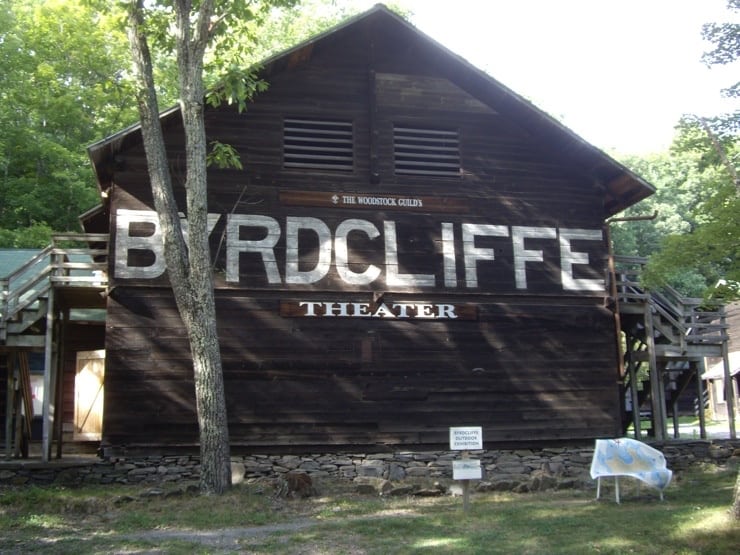
Byrdcliffe, Woodstock, NY
Byrdcliffe was founded in 1902 by utopian idealist Ralph Radcliffe Whitehead. Like the Arts and Crafts Movement that began in the 1880s in England, Byrdcliffe was a response to the negative effects of modernization and industrialization on true artisanship. Byrdcliffe still exists today and continues to host artist in artist residency programs. Over the years, it has attracted many notable artists including Robert Henri, George Bellows, Eva Hesse, Thomas Mann and Bob Dylan.
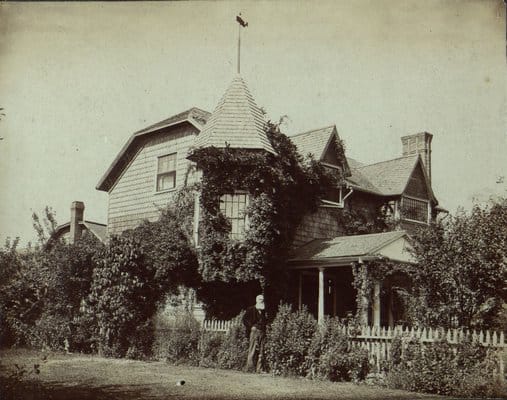

East Hampton, Long Island, NY
Around the turn of the century, many New York artists were also drawn to a more rural lifestyle. The artist Thomas Moran erected the first studio-residence in East Hampton on Long Island in 1884. The studio was a gathering place for artists, which turned it into an art colony almost instantly. East Hampton was an important epicentre for artists and writers until the 1960s, when the land prices began to increase dramatically, driving artists out. In 1945, Jackson Pollock and Lee Krasner moved to East Hampton, where they famously worked and lived together at the height of their careers.
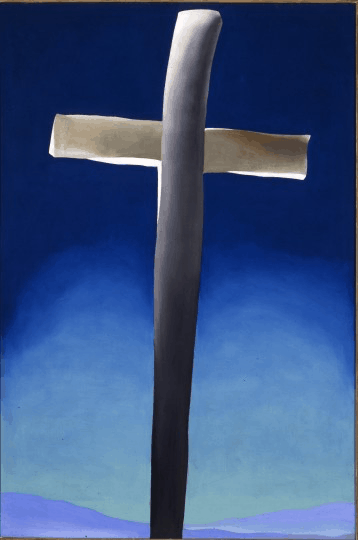
Taos, New Mexico
In 1915, artist Joseph Henry Sharp, enchanted by the semi-desert landscape and incredible light of Taos, New Mexico, joined the Taos Society of Painters and established an art colony there. New York socialite Mabel Dodge and her husband, the artist Maurice Sterne, moved to Taos a year later. Dodge started the first literary colony in Taos and recruited many artists to relocate there, including Georgia O’Keeffe. O’Keeffe first visited Taos in 1929 and, completely in love with the area, visited every summer until 1946, when she moved permanently to the New Mexico town Abiquiu. Other famous artists who frequented Taos are Ansel Adams and D.H. Lawrence.

Contemporary Art Colonies
Today, there is no doubt that we can speak of contemporary art colonies. Places like Ruigoord in the Netherlands testify to that. Ruigoord is a village that was squatted by artists in 1973 and has since been known as an art colony where artists use the buildings as studios and host all kinds of cultural events in the church and the village. In a different sense, the artist colony lives on in the shape of artist residencies all over the world, where artists live and work alongside each other for extended periods of time. We are far removed from the original art colonies, idyllic countryside havens that were hard to reach and almost totally separated from urban life and society. Still, as long as there are artists who feel the need to come together and to create communities for art away from the hustle and bustle of modern city life, we can find many of the core principles of the art colony living on through them.
Relevant sources to learn more
The Met Museum – The Barbizon School
Van Gogh Museum – School of Pont-Aven